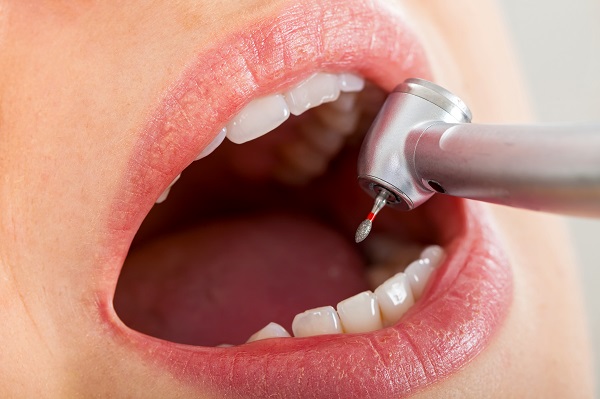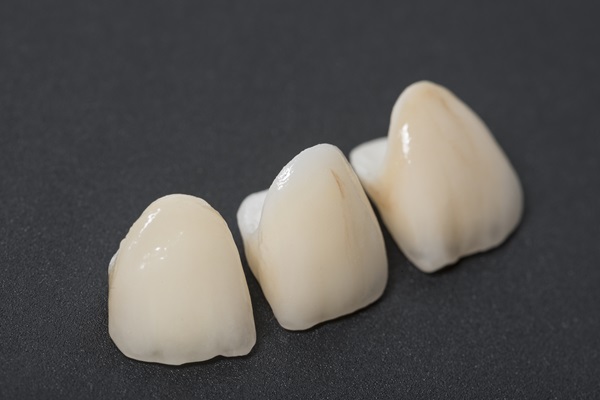A Step-by-step Guide to Having a Root Canal

A root canal is a restorative procedure that can save a tooth from severe infection. If you are experiencing extreme pain in your mouth, you may need this treatment. This is no process to dread despite what you have heard about it. Your dentist will take great care to make you feel at ease. Do not put off speaking to your dentist about repairing your teeth. This endodontic procedure can be effective at cleaning out your affected tooth and making your mouth healthy once more.
When people need a root canal
Underneath a tooth’s layer of enamel and dentin is a chamber known as the pulp. Inside this are blood vessels, nerve endings and connective tissue that nourish the tooth. When these two layers wear away, the pulp becomes prone to infection. Without proper and fast action, the bacteria can spread throughout the tooth and to the neighboring tooth as well. Eventually, a person’s face could swell, leading to more significant health problems. In this endodontic treatment, the dentist removes the infection and decay, making the tooth whole once more.
Evaluation
Most people who need this procedure begin feeling intense pains in their mouth and notice swollen tender gums. There may be some sensitivity to hot or cold. Other patients have a chipped or fractured tooth. When a person has these symptoms, there should be an immediate call to the dentist. At the dentist’s office, the following will occur:
- The dentist will ask the patient additional questions about their symptoms
- The dentist will examine the patient’s mouth
- The dentist will take X-rays
Cleaning
In the most serious circumstances, the dentist may perform the root canal right after the exam. Sometimes, the dentist will prefer to set up another appointment and invite the patient back a few days or weeks later. In the following step, the dentist will drill into the patient’s tooth down to the pulp. The root canal professional then removes the pulp and clears out any infection and decay. There will be an injection of medication to kill the remaining bacteria.
Sealing the tooth
Once the tooth has no more infection, the dentist will close it up. If the tooth is broken or damaged in any other way, the dentist will put a crown or cap on top. The cap will be the same color as the tooth and will closely resemble surrounding teeth. This often happens at a subsequent appointment once any soreness has worn off. The dentist will then follow up with the patient in the days and weeks following the procedure to make sure the tooth is feeling good.
Time to see the dentist
Watch carefully for the signs of tooth infection. If your pulp has these issues, you need to act fast and let your dentist know. The longer you wait, the more likely further health issues could develop. In a couple of appointments, your dentist can provide an effective solution to this condition and mend your ailing tooth. Speak to the dental staff today so you can take care of this painful situation.
Request an appointment here: https://www.tangdds.com or call Brookfield Family Dentistry:Thomas Tang DDS at (262) 200-8000 for an appointment in our Brookfield office.
Check out what others are saying about our dental services on Yelp: Root Canal Treatment in Brookfield, WI.
Recent Posts
Dentists recommend root canal treatment for damaged, diseased, or infected teeth. The treatment aims to eliminate bacteria within the tooth's pulp and save a patient's natural teeth. After a tooth matures, it no longer requires the pulp for nourishment. The dentist removes the infected pulp, disinfects the inside, and seals it to prevent reinfection.Decay and…
Cracked teeth are not enjoyable to deal with, and oftentimes, they require a root canal from a general dentist. Thankfully, dental technology has improved over the years, and having a root canal done is not so bad after all. The procedure itself is pretty straightforward and is quite beneficial for a cracked tooth. Continue reading…
Dental health professionals are responsible for providing a safe environment for emergency dentistry procedures during the Coronavirus (COVID-19) disease outbreak. Considering the risks of cross-infection in dental offices, the American Dental Association and the Center for Disease Control (CDC) have developed guidelines to control infections during any emergency dentistry care. This includes a thorough cleaning…
A dental emergency can come suddenly and without warning. It throws a wrench in your schedule and you are left panicking, grabbing the phone and dialing the closest emergency dentist, hoping for the best. Patients can be forced to deal with many kinds of dental emergencies: a lost filling, a loose crown — or even…


